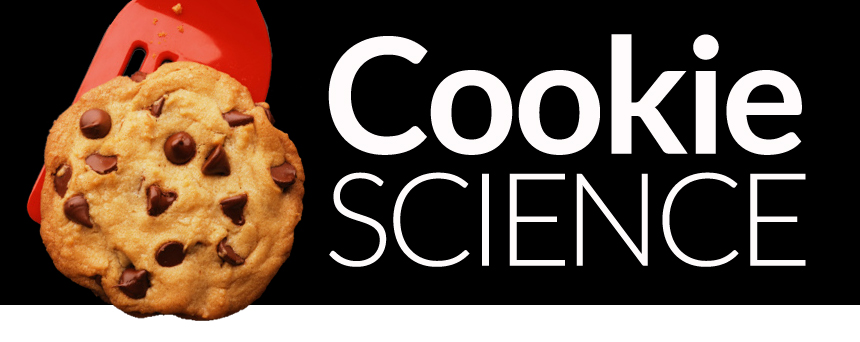Bake your way to your next science project!
Cookie Science series on the Eureka! Lab blog teaches you how to do a science experiment

This step-by-step series from Bethany Brookshire and the Eureka! Lab blog explains how anyone can do research in science (or engineering) and do it right. The experiments here may feature cookies, but the same steps apply whether you’re interested in making a plane fly further, developing a safer pesticide or studying changes in the night sky. All the directions are delivered in bite-size entries so that you can design your own engaging research — for a science fair or just for fun.
Read the project overview and inspiration in Welcome to Cookie Science!
Cookie Science 2: Baking a testable hypothesis. Learn how to get started by developing a testable hypothesis.
Cookie Science 3: The lab notebook. Scientists keep careful records as they conduct research. Here’s how to keep notes and store your data.
Cookie Science 4: Cookie ethics. There are important things to keep in mind when your experiments include people — even if you’re just asking them questions.
Cookie Science 5: ‘Blinding’ your subjects. When you’re working with people in an experiment, you need to make sure your participants do not know the test’s conditions.
Cookie Science 6: Baking it up. Carrying out a good experiment means keeping all but one variable as constant as you can.
Cookie Science 7: How many to bake. Collecting good data means taking a large sample. Here’s how to find out how many tests you need to run.
Statistics: Make conclusions cautiously. Just one experiment isn’t enough to show that one test condition is better than another. Even with good statistics, scientists need to be careful about how they interpret their data.
Cookie Science 8: The meaning of the mean. With data in hand, Bethany can compare her different test conditions — using math.
Cookie Science 9: How data can spread. Analyzing data means finding the differences between groups of numbers.
Cookie Science 10: Finding the cookie difference. Statistics will help me determine whether there are real differences between my experimental conditions.
Cookie Science 11: That’s the way the cookie crumbles. Bethany ran her experiment and learned how to analyze the data. Now it’s time to see what her data show.
Cookie Science 12: Heading to the library. Designing experiments well means reading scientific papers. Here is how to find and interpret them.
Cookie Science 13: The deal with gluten. Bethany is on the prowl for ideas for her next experiment. This means she needs to learn some chemistry.
Cookie Science 14: One experiment, 400 cookies. It’s time to bake up the second experiment.
Cookie Science 15: Results aren’t always sweet. Bethany put the chew back into her gluten-free cookies. But her results weren’t simple.
Cookie Science 16: If I had to do it all again. It’s important to review your research when the project is done, to find out what you should do differently next time.
Cookie Science 17: Posters – the good and the bad. Bethany made two posters to show off her project. One is full of “do’s.” The other is full of “don’ts.”
Cookie Science 18: Eating it up. It’s the end of Cookie Science, but it could just be the beginning of your next experiment!
And make sure to check out Bethany in the ACS Reactions Video “How to Cookie with Science.”